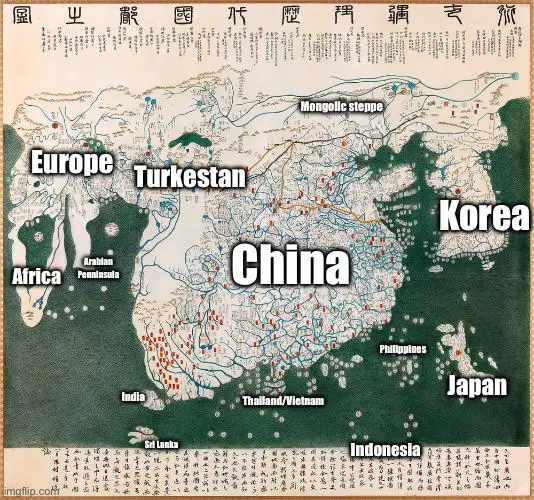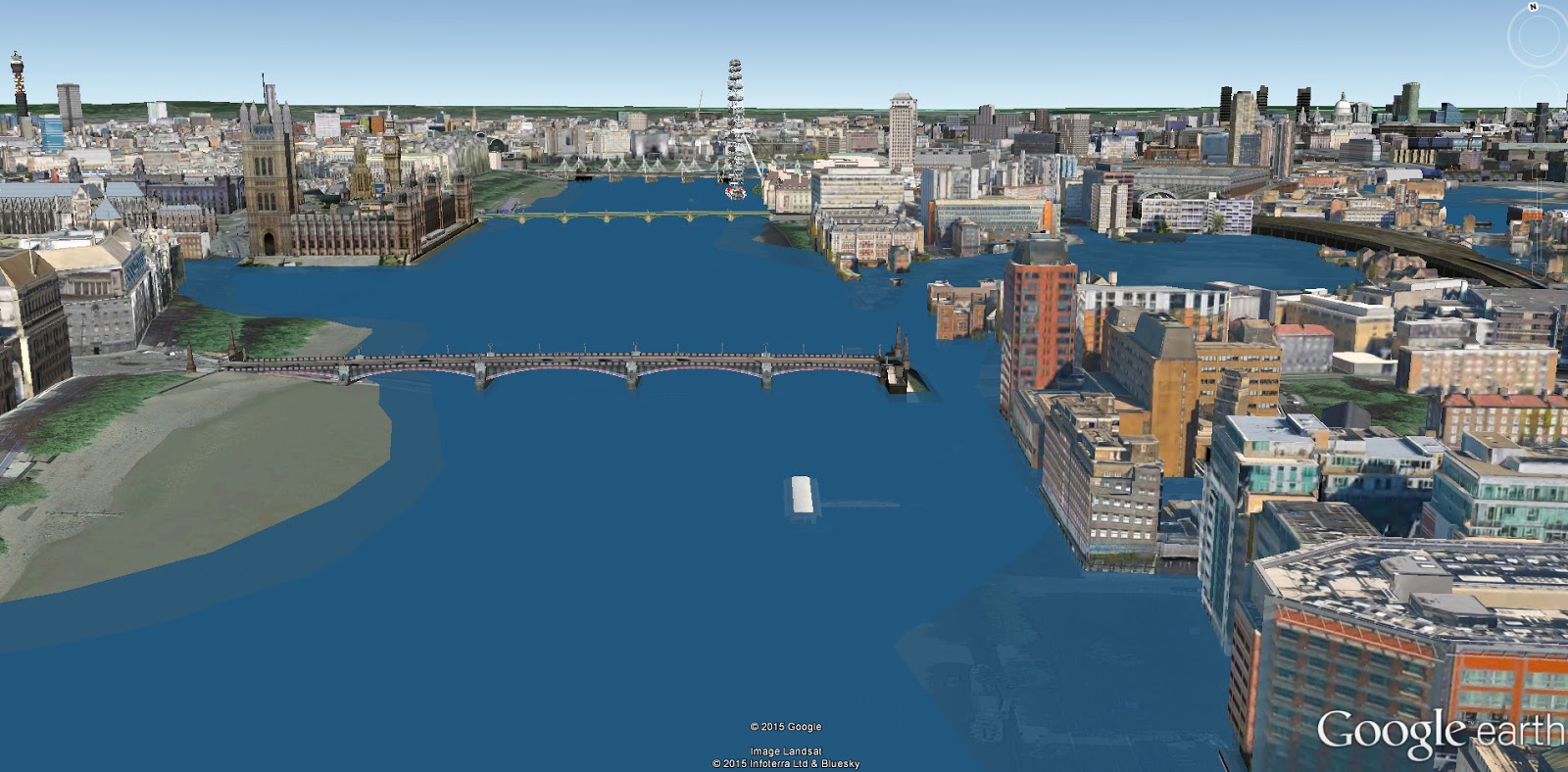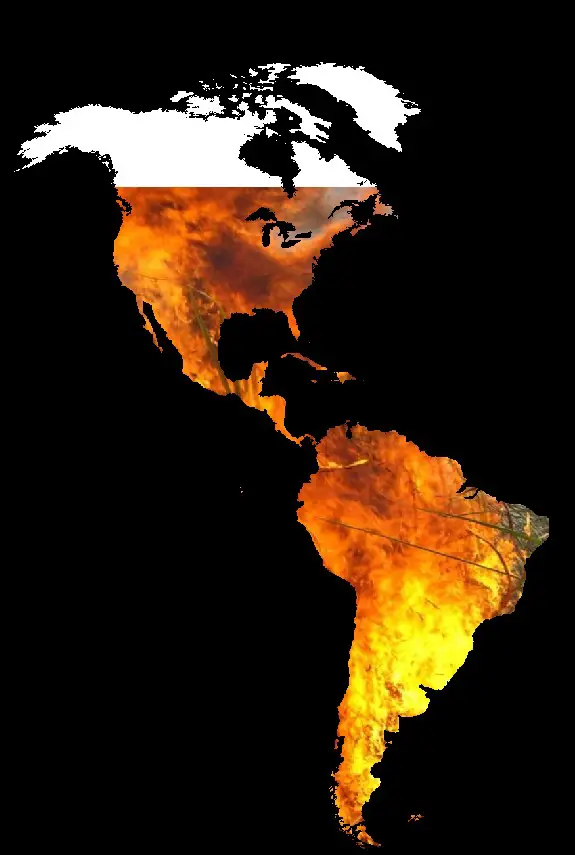Korea’s first world map (1402)
This post may contain affiliate links. As an Amazon Associate, we earn from qualifying purchases.
“The Honil Gangni Yeokdae Gukdo Ji Do” or “Map of Integrated Lands and Regions of Historical Countries and Capitals (of China), shortly “Gangnido,” is one of the oldest surviving world maps from East Asia created during the Joseon dynasty (1402).
The surviving replicas of the Kangnido comprise one of the essential materials for reconstructing the initial 14th-century Chinese map. As a world map, it shows the geographic facts of China during the Mongol Empire when geographical knowledge about Western nations became known through Islamic geographers.
The oldest Korean map during the Joseon dynasty illustrates the Old World, from Europe and Africa Europe in the west to Japan in the east. Below is the later version of this ancient world map.

According to Lee, Seokwoo’s “The Making of International Law in Korea: From Colony to Asian Power.” and Kim, Hyunjin’s “Ethnicity and Foreigners in Ancient Greece and China.”, Joseon was a Korean dynastic kingdom founded by Yi Seonggye that lasted for approximately five centuries, from July 1392 to October 1897. It was officially renamed the Korean Empire in October 1897. It was founded following the aftermath of the overthrow of Goryeo in what is today the city of Kaesong. Early on, Korea was retitled, and the capital was relocated to modern-day Seoul. The kingdom’s northernmost borders were expanded to the natural boundaries at the rivers of Amnok and Tuman through the subjugation of the Jurchens. Joseon was the last dynasty of Korea and its longest-ruling Confucian dynasty.
During its reign, Joseon encouraged Chinese Confucian ideals and doctrines in Korean society. Neo-Confucianism was installed as the new dynasty’s state ideology. Buddhism was accordingly discouraged and occasionally faced persecutions by the dynasty. Joseon consolidated its effective rule over the territory of current Korea and saw the height of classical Korean culture, trade, science, literature, and technology. However, the dynasty was severely weakened during the late 16th and early 17th centuries, when the Japanese invasions of Korea (1592–98) and the first and second Manchu invasions of 1636 nearly overran the Korean Peninsula, leading to an increasingly harsh isolationist policy for which the country became known as the “hermit kingdom.” After the end of invasions from Manchuria, Joseon experienced a nearly 200-year period of peace.
However, whatever power the kingdom recovered during its isolation further waned as the 18th century came to a close and faced internal strife, power struggles, international pressure, and rebellions at home; the Joseon dynasty declined rapidly in the late 19th century.
The Joseon period has left a substantial legacy to modern Korea; much of contemporary Korean culture, etiquette, norms, and societal attitudes towards current issues developed. The modern Korean language, its dialects, and Korea’s majority ethnic group refer to themselves as the “Joseon people” derive from the culture and traditions of Joseon.








